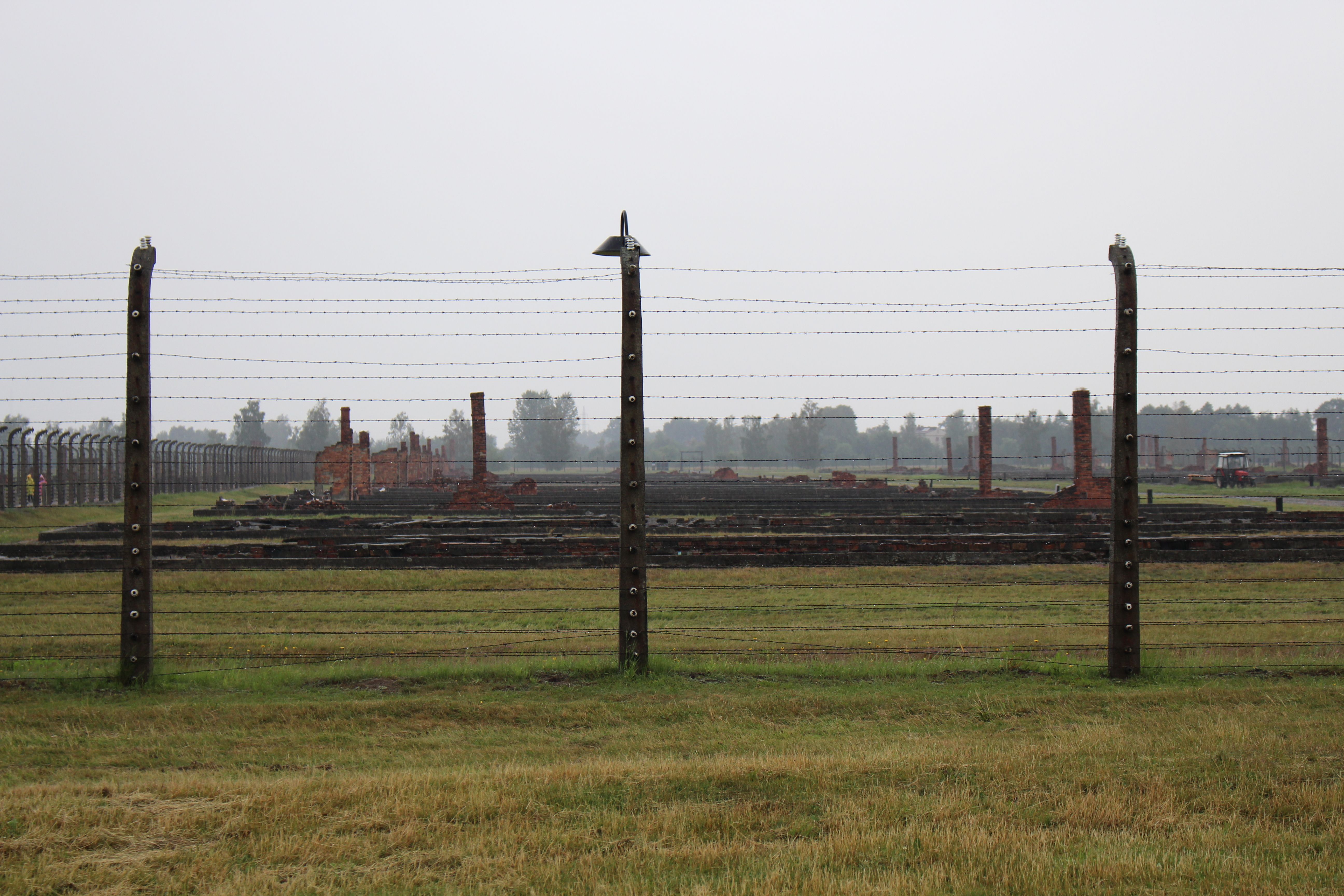About the Holocaust
Overview
The Holocaust was the "systematic bureaucratic, state-sponsored persecution and murder (USHMM)" of nearly six million Jews and five million others including Gypsies, Polish Christians, and Jehovah’s Witnesses by the Nazi regime. It was a historical turning point in which the world witnessed genocide at its extremity. The time frame of the Holocaust is understood to be the period of 1933 to 1945—the era of Adolf Hitler’s reign over Germany. While the Nazi persecution of Jews was a constant theme in this period, the methods and degree of persecution evolved over time, becoming increasingly malignant, ultimately building up to the "Final Solution," an operation designed to destroy completely European Jewry as well as the Gypsies. The Jewish population was reduced from nine million in pre-Holocaust Europe to only three million at the end of World War II. In addition, three million Polish Christians, half a million Gypsies, and tens of thousands of other groups such as Jehovah’s Witnesses, homosexuals, and the disabled were massacred.
Instilled with a belief in so-called Aryan supremacy, the Nazis publicized a brand of nationalism that sought to rid German life of Jewish presence and cleanse Europe of those groups that they deemed inferior. In the the early years after Adolf Hitler’s rise to power in 1933, Nazi policies were geared towards the isolation of Jews economically and socially. The next level of persecution—between 1939 and 1941—was the ghettoization of Jews in Nazi occupied territories in worsening conditions, while many were also sent to concentration camps. In the subsequent phase of the Nazi era, Polish and most Eastern European Jews were deported from the ghettos to concentration camps. With tens of thousands of Jews already massacred by 1941 in Eastern Europe by Einsatzgruppen (Nazi task forces), the next phase was the "Final Solution of the Jewish Question," a Nazi euphemism for the total annihilation of the Jews. Killing units began mass murdering entire Jewish communities through asphyxiation with poison gas, shooting, and other means in extermination centers established in Nazi territories—Chelmno, the Operation Reinhard camps, Auschwitz-Birkenau and Majdanek. During this period, the Nazi killing methodology shifted from mobile killers and stationary victims, to stationary killing centers and mobile victims. In its entirety, the Holocaust consumed the lives of two-thirds of the pre-World War II European Jewry and almost all of its Gypsy population.
View this page in Hindi by Nathan Zed


